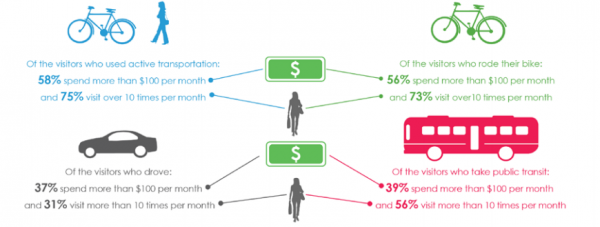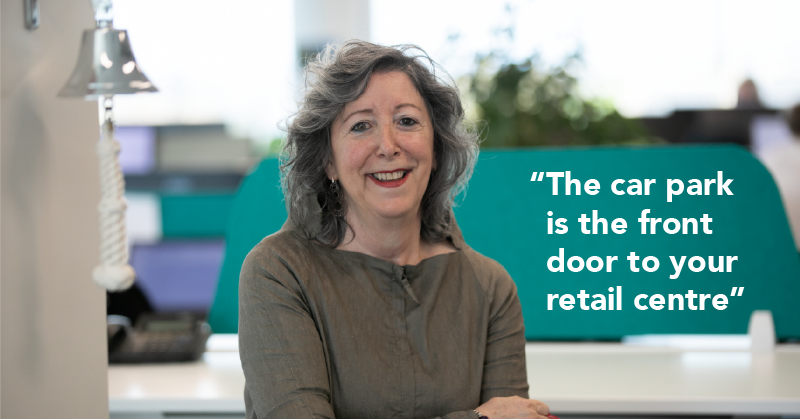
Many shopping centres have already put in place COVID-19 safety measures for the festive season; but what about car parks?
Cristina Lynn of ptc. shares her tips on how retail landlords can set a positive tone right from the start, promote customer satisfaction and reduce traffic congestion.
1. Click and collect
Many shopping centres have allocated specific areas of their car parks for collection of online purchases. Over the Christmas period, it will be essential to have smooth traffic flow and sufficient queuing and parking facilities.
Ask your parking consultant to review the location of pop-up facilities to identify access and signage requirements, and check they are easy to locate and do not create conflicts with other parts of the car park and loading dock.
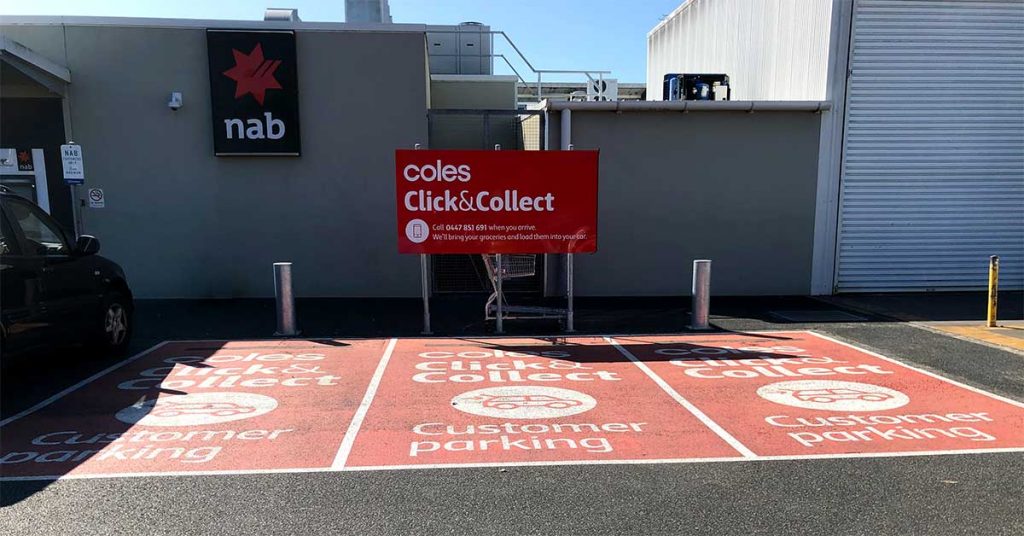
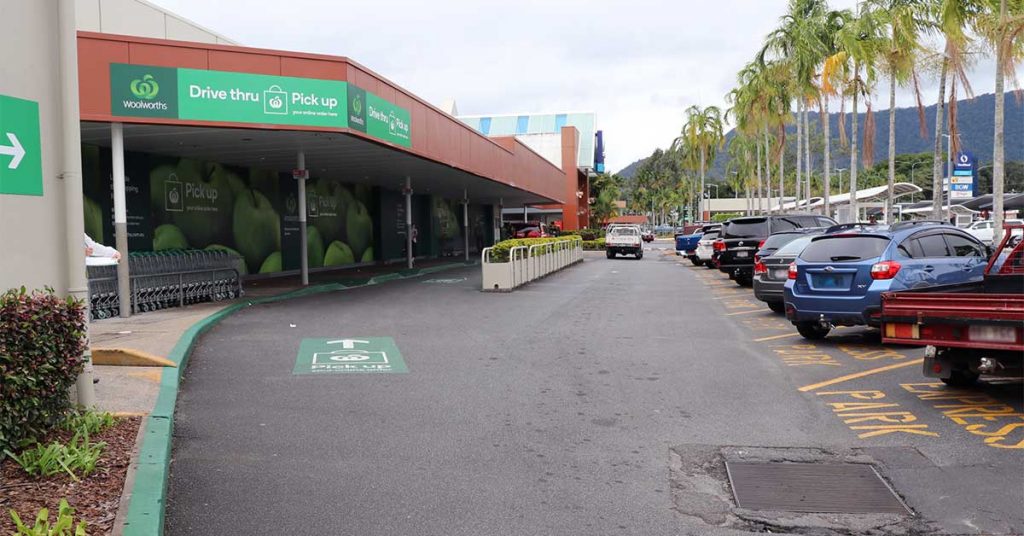
2. Pick up and drop off
Welcoming areas for customer pick up and drop (private vehicles, car share and taxis) will enhance the customer experience for those not wishing to park.
For instance, the design of a porte-cochere style area or covered entrance near the main entry of the shopping centre – with good signage, environmental graphics and clear traffic flow – will certainly enhance the shopping experience.
Short term parking access and management of spaces near the pick up and drop off area should also be considered for driver and pedestrian safety.
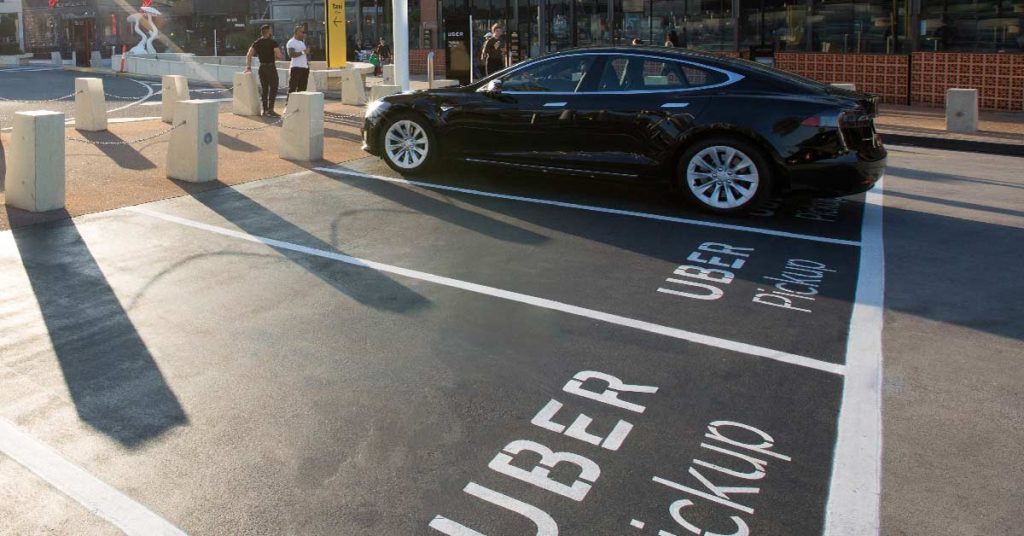
3. Driver safety
The holiday period often leads to an increase in car park collisions, which are attributed to customer frustrations and reduced driver concentration. You can better manage these risks by ensuring regulatory signage and car park line marking is compliant and well maintained.
To boost customer confidence, we recommend looking at your formal car park management plan for efficient ways to guide drivers into and out of the car park. This may mean deploying extra traffic management staff to manage traffic flows, help customers find a parking space and more easily leave the car park at the end of their visit.
You can also inform your customers via social media about best times to shop at your Centre. This year is particularly important as more people may be choosing to shop during the week than in the past.
4. Touchless technology
For car parks controlled by boomgates, we suggest speaking with your equipment supplier to evaluate available touchless options, plus their costs and timing, to coincide with the release of Christmas campaigns and customer facing promotions.
Some options to reduce touchpoints and promote a COVID-19 safe environment are to:
- enable customers to tap in and out with their credit card – this eliminates the need to take a ticket and visit a pay station (where touching screens and keypads can be avoided);
- where license plate camera recognition is in use (and boom gates lift automatically at entry and exit), encourage payment by credit card at exit (to avoid a touchscreen pay station);
- provide hand sanitisers at convenient; locations (including pay stations) to promote good hygiene and clean hands – don’t forget to regularly refill the containers;
- review the use of your valet facility – check if the service offering promotes COVID safe procedures (for touching of car interiors and keys), and display these at the Valet Desk to help alleviate customer concerns.
5. Car park management plan
In addition, remember to check staff are aware of what to do in different circumstances, and detail any temporary changes to traffic flows (including temporary signage). As with all traffic management plans, this should be developed by a qualified professional who will consider all the risks and mitigation strategies.
6. Bicycle parking
Studies indicate cyclists shop more often and spend more per visit than drivers; yet bicycle parking facilities are generally substandard.
These facilities are often inconveniently located in areas not suitable for other purposes or under pedestrian stairs. The number of bicycle racks is limited and their perceived safety or quality is not conducive to use.
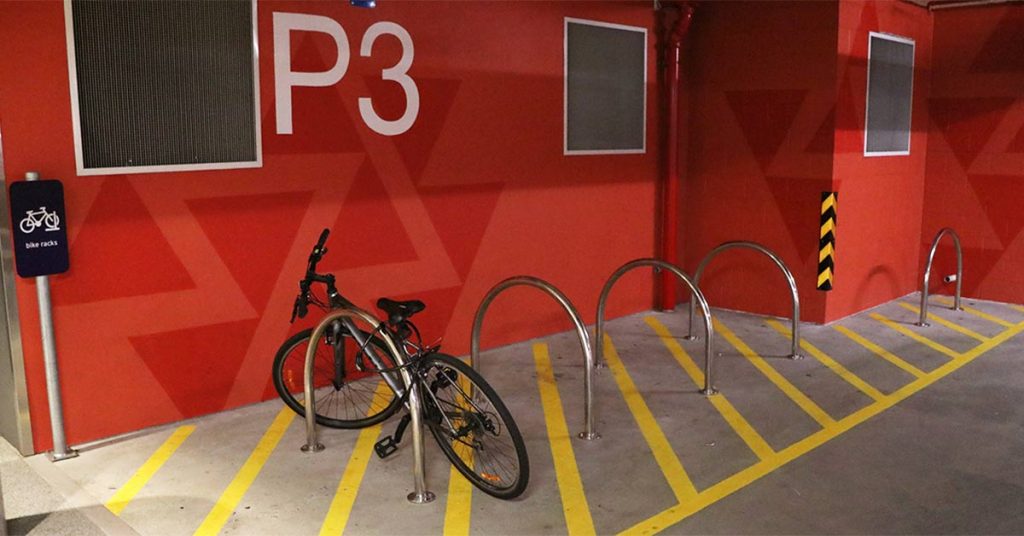
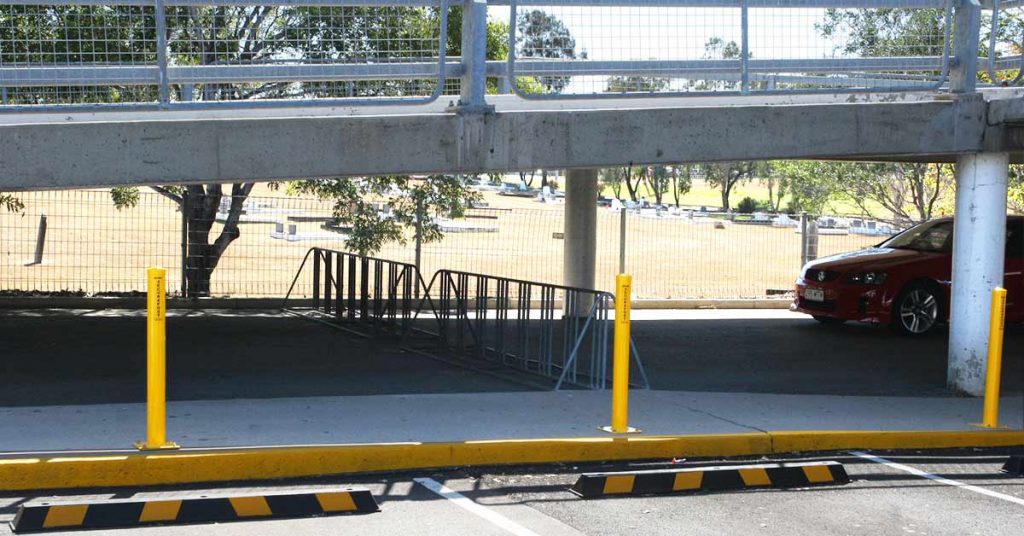
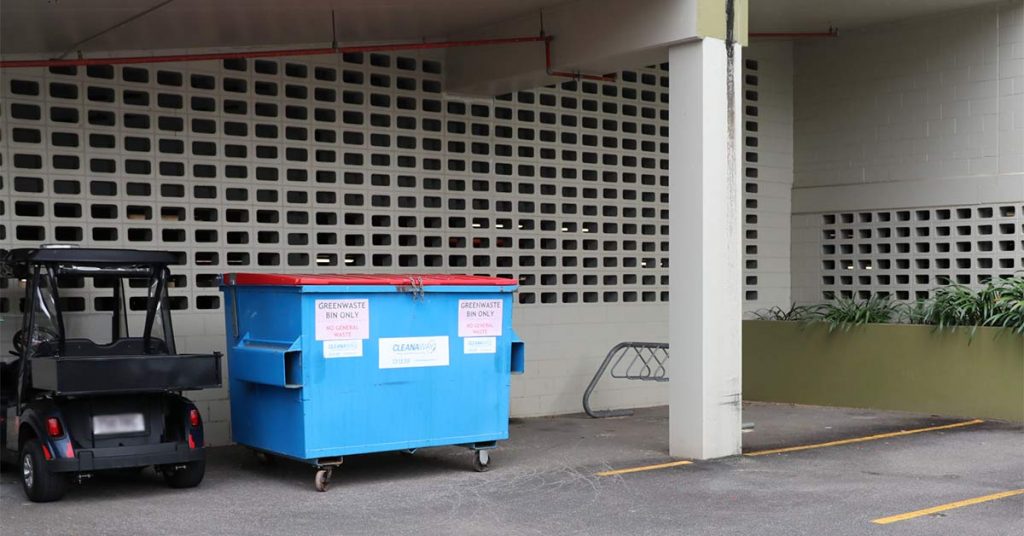
In recent times, an increase in bicycle lanes either on a temporary or permanent basis, has created an opportunity for shopping centres to make areas more accessible to this category of shoppers. We recommend setting aside visible areas close to shopping centre access points for better wayfinding, personal safety and a higher level of security. Nearby lockers for helmets (with COVID safe procedures in place) and other equipment could also be beneficial.
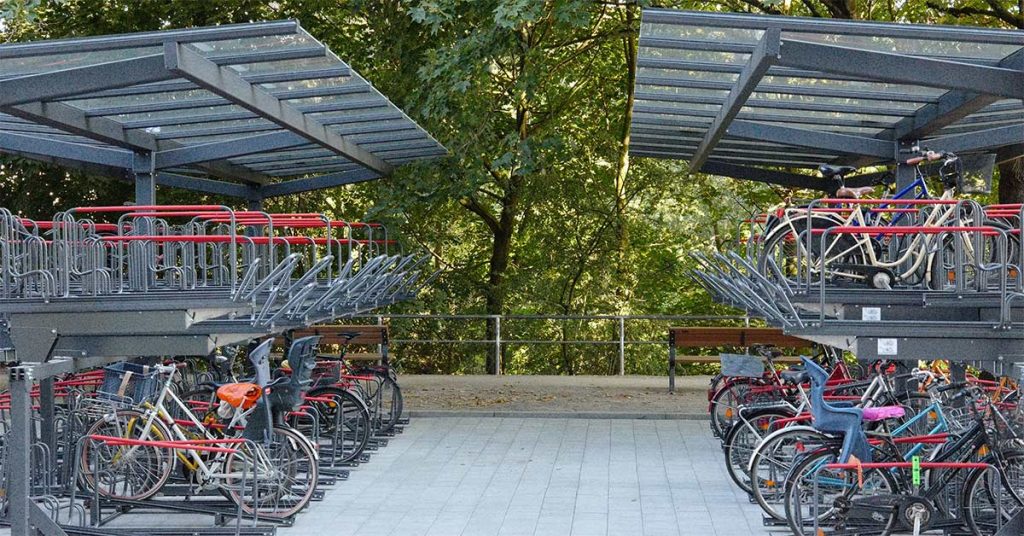
7. Know thy customer
Our COVID lockdown surveys show demand for short term parking has decreased, whilst all day parking is increasingly popular as commuters avoid public transport. This has a noticeable impact on retail centre car parks in CBD locations that do not offer a free parking period.
Parking in suburban and regional retail centres are usually free, or free for an initial period (typically 1-3 hours). Workers near your shopping centre may be tempted to use the car park instead of paying for parking in a public car park facility – this may result in spaces not being available for your retail customers.
We recommend analysing the composition of customer types in the car park, to check the right parking products are being offered for maximum utilisation and yield. Many operating costs of a car park are fixed, hence the product and price offering will need to be regularly and closely monitored. This tip will help landlords be more responsive to changing market conditions.
Would you like to discuss opportunities and issues related to your car park?
Download the PDF version of this article:
7 tips to prepare your retail car park for the Christmas challenge

